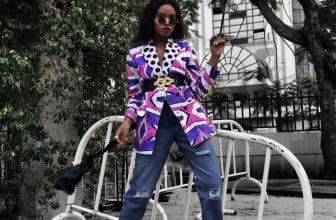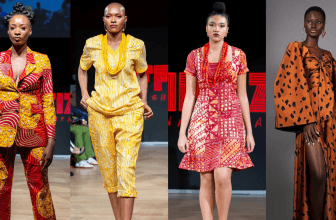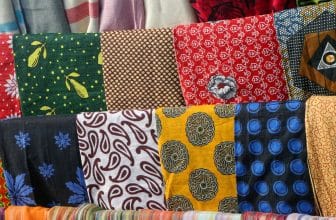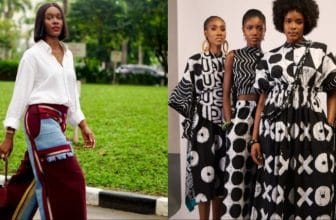The Rise of Sustainable Fabrics — What’s Really Eco-Friendly?
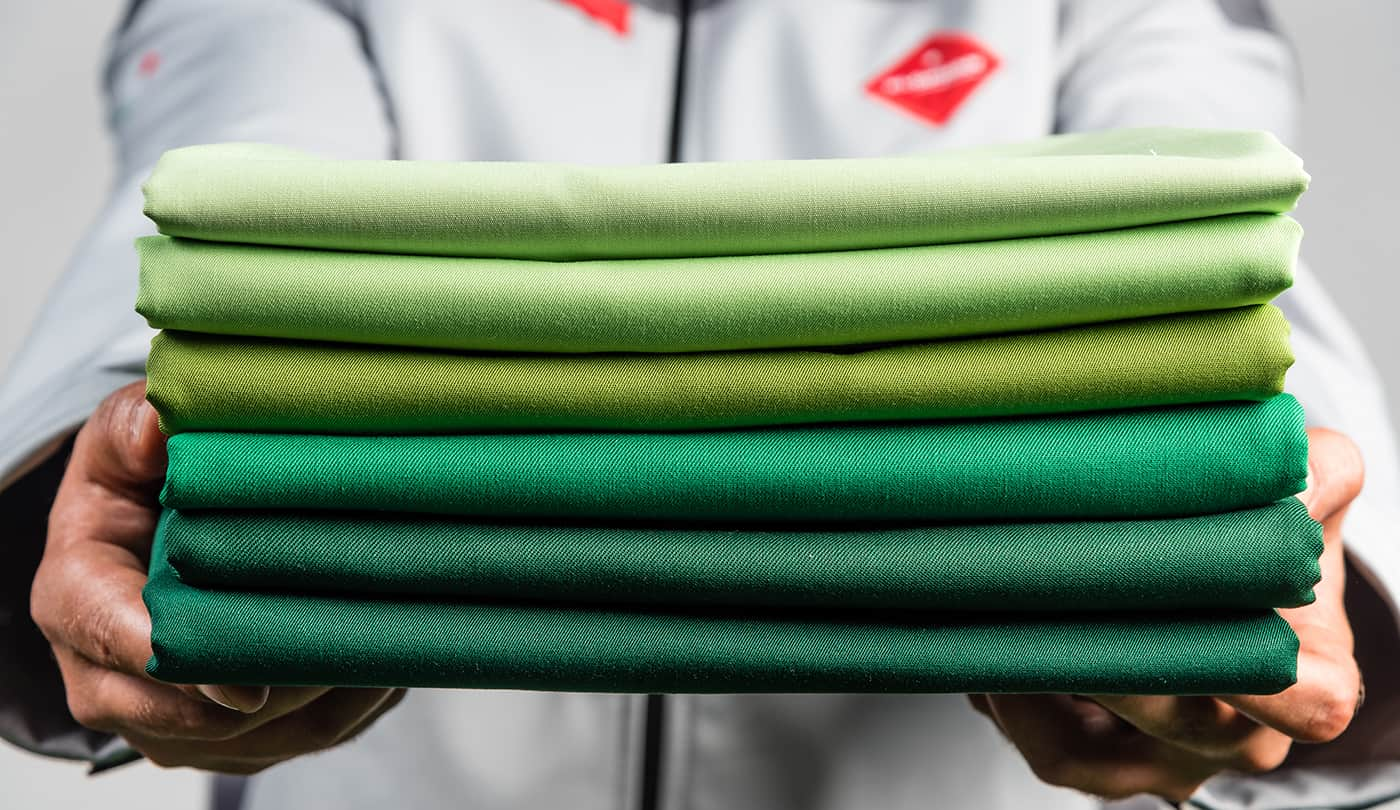
Introduction
Sustainability isn’t just a buzzword anymore — it’s a responsibility.
As fashion evolves, more people are asking the right question: “What’s my outfit made of — and who made it?”
But here’s the truth — not every fabric labeled “eco-friendly” truly is. The rise of sustainable fabrics is changing how we think about fashion, but understanding what’s genuinely sustainable takes a closer look.
Let’s break down what’s real, what’s greenwashed, and what truly makes a difference.
1. The Problem with Fast Fashion
Fast fashion brought cheap clothes — but at a heavy cost.
Mountains of textile waste, microplastic pollution, and unethical labor practices now fill the story behind “affordable fashion.”
That’s why sustainable fabrics matter — they give us a chance to wear what we love without harming what we need — our planet.
2. Organic Cotton — The Conscious Classic
Unlike conventional cotton, which uses harmful pesticides, organic cotton grows naturally without toxic chemicals.
It uses less water and preserves soil health, making it one of the best options for everyday wear.
Pro tip: Look for GOTS-certified organic cotton — it guarantees environmental and ethical production standards.
3. Hemp — Nature’s Super Fiber
Hemp is durable, biodegradable, and grows fast with minimal water or fertilizer.
It’s been used for centuries, and its comeback is well-deserved.
Hemp fabrics are breathable, soft, and last for years, making them ideal for sustainable streetwear and home textiles.
4. Tencel (Lyocell) — The Fabric of the Future
Tencel, also known as Lyocell, is made from sustainably harvested wood pulp using a closed-loop process — meaning almost all the water and solvents are reused.
The result? A silky, breathable fabric that feels luxurious and kind to the Earth.
5. Recycled Fabrics — Giving Waste a Second Life
Recycled polyester and nylon are made from plastic bottles, ocean waste, and discarded textiles.
They reduce landfill pressure and give synthetic fibers a cleaner story.
However, they still shed microplastics — so balance is key.
Tip: Wash recycled synthetics in a microfiber filter bag to prevent plastic shedding into waterways.
6. Bamboo — The “Green” Fabric with a Caveat
Bamboo grows rapidly without fertilizers, but not all bamboo fabrics are sustainable.
The process to turn bamboo into soft viscose often uses harsh chemicals.
Opt for mechanically processed bamboo linen — it’s the eco-friendlier version.
7. The Human Side of Sustainability
A truly sustainable fabric isn’t just about fibers — it’s about people.
Ethical working conditions, fair pay, and responsible supply chains are what make a textile honestly sustainable.
When you buy consciously, you vote for fairness.
Conclusion
Fashion doesn’t have to cost the Earth.
Every fabric tells a story — of soil, water, hands, and heart.
By choosing sustainable fabrics, you become part of a global shift toward mindful creation and consumption.
So next time you shop, ask yourself: Is my style helping or harming the planet?
Because real luxury isn’t found in trends — it’s found in integrity.



